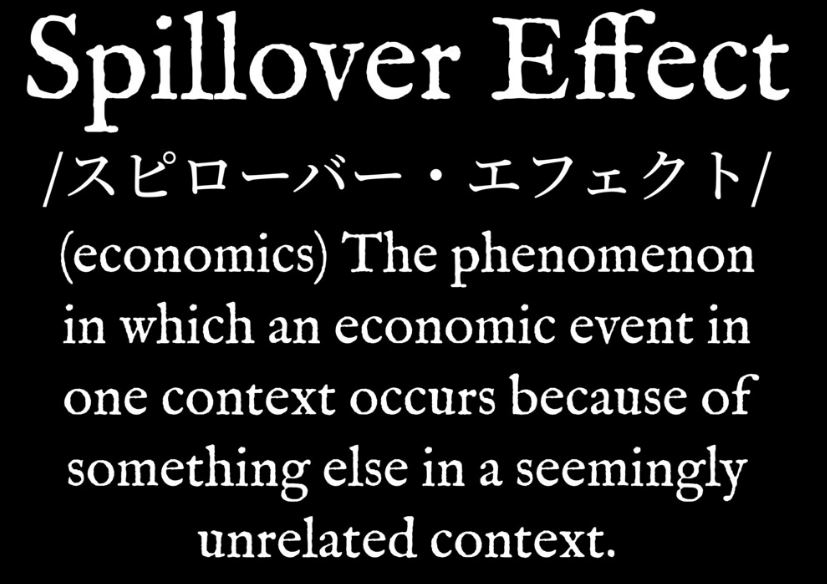Spillover Effects Of Foreign Direct Investment On Financial Services: Does FDI Promote Local Financial Development In India?
Spillover Effects of FDI Dissertation – The Government of India liberalized its economy in 1991 following a severe balance of payments crisis. The major changes included a reform of the Industrial Licensing Policy, reductions in tariffs and the opening of the economy to foreign direct investment (FDI). How did these reforms affect the Indian economy? There has been much research on the spillover effects of FDI on growth (through intra-industry externalities, technological transfer, corporate governance) but not much on the effects of FDI on the financial sector.
In particular, how did this new inflow of capital contribute to India’s financial development? Does FDI have an impact in promoting financial services locally? The author will exploit the variation in FDI inflows across districts in India based on pre-existing local industrial structure at the time of the liberalization, to find out how FDI liberalization might have impacted local financial development. The main finding is a positive and significant impact of policy-induced FDI on local financial development, robust to the inclusion of time lags, additional controls and a counterfactual exercise.
In mid-1991, India was facing a serious balance of payments crisis caused by weakening fundamentals, by external shocks from rising oil prices and global recession, and by internal political instability. Indian foreign exchange reserves collapsed to a mere US$1.2 billion in January 1991, and hit a critically low level by June when reserves could cover only two weeks of imports (Ghosh, 2006). Under pressure from the IMF and the World Bank, the Government of India was forced to accelerate the pace of the liberalization process in order to receive much needed emergency loans from these aid agencies. One of the drastic reform measures enacted, the Industrial Licensing Policy, came into effect in July 1991.
The Industrial Licensing Policy abolished industrial licensing for all but 18 industries, removed foreign direct investment (FDI) restrictions, and allowed up to 51% foreign equity shares in 34 formerly closed high priority industries. The removal of tight restrictions on FDI in 1991 resulted in rapid FDI inflows in the years following the reform.
- 9,000 words – 43 pages in length
- Excellent use of literature
- Good in depth analysis
- Well written throughout
- Ideal for economics students
1. Introduction
2. Literature Review
3. Data and Methodology
Regression Framework
Data and Construction
Endogeneity of FDI
4. Results
Robustness
5. Conclusion
Appendix Section

